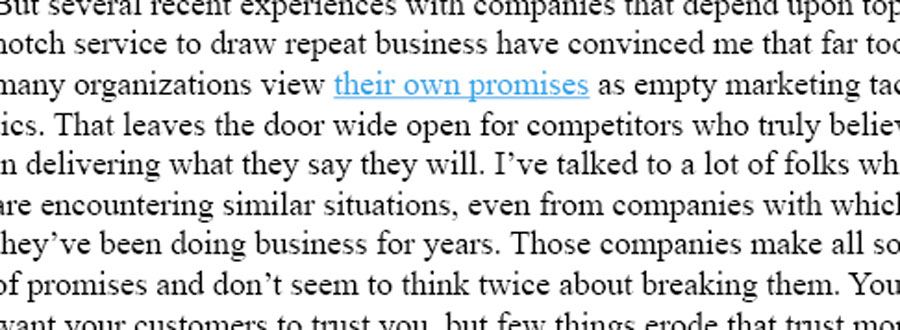Why should I like your page?
Since social media caught fire, all sorts of companies and organizations have been aggressively trying to court followers. You get the solicitations through Facebook and other platforms asking you to like their pages, follow them on Twitter, or take whatever action is correct for the specific channel. When you visit a store or a restaurant, … Read more








